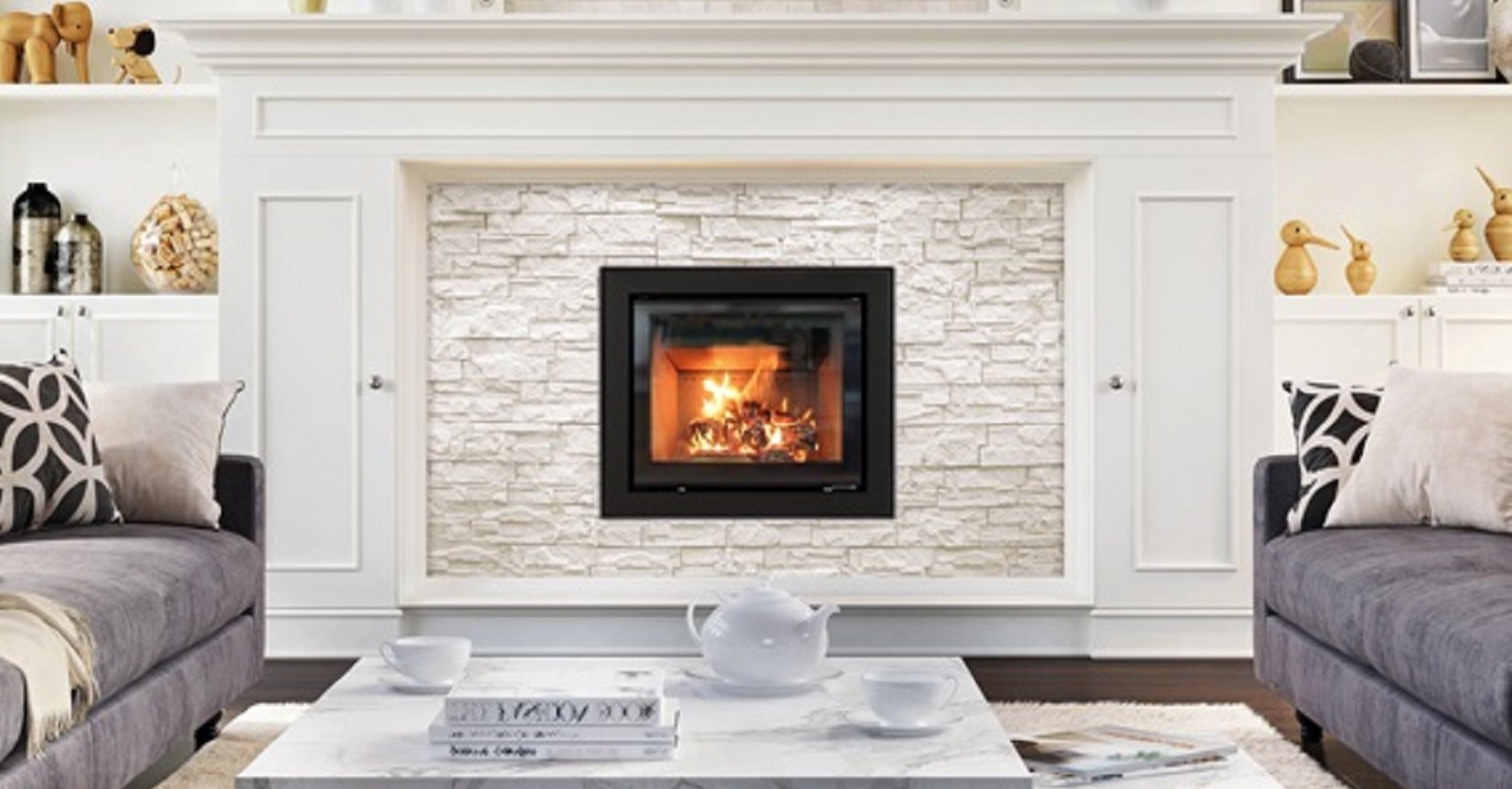Important Safety Considerations for Wood Burning Fireplace Installation

Elevate the Comfort, Efficiency and Safety of Your Home with a Wood Burning Insert: Key Factors to Consider
As the days get shorter and the temperatures drop, there's nothing quite like snuggling up beside a crackling fire to keep warm and create a cozy atmosphere in your home. If you're considering installing a wood burning insert or wood burning fireplace, you're in for a treat! Not only can it enhance the aesthetics of your living space, but it can also provide an efficient and cost-effective way to heat your home. But before you rush to purchase one, let's take a closer look at some important considerations to ensure a smooth and successful installation.
1. Safety First:
When it comes to fireplace installation safety, a wood burning insert or fireplace, requires careful consideration. First and foremost, ensure that your chimney is in proper working condition. It's crucial to have it cleaned and inspected by a professional chimney sweep to prevent any potential hazards. Additionally, make sure you comply with local building codes and obtain any necessary permits before installing your insert. Oh, and don't forget to equip your home with smoke and carbon monoxide detectors for added peace of mind!
2. Size and Compatibility:
Fireplace design considerations involve more than just aesthetics. Wood burning inserts and wood burning fireplaces come in various sizes and designs to suit different homes and preferences. Before making a purchase, consider the size of your existing fireplace and ensure that the insert you choose will fit snugly and properly. It's also important to check if your chimney and flue are compatible with the insert you have in mind. If unsure, consult with a knowledgeable fireplace professional who can guide you towards the best fit for your home.
3. Efficiency Matters:
Apart from creating a cozy ambiance, a wood burning insert can significantly reduce your heating costs. Look for models that are EPA-certified, as they are designed to burn wood more efficiently and produce fewer emissions. This not only benefits the environment but also ensures that you get the most heat out of every log you burn. Consider the insert's heat output and efficiency rating to find the perfect balance between warmth and cost-effectiveness. Some wood-burning products meet the federal energy efficiency standards that qualify for a 30% tax credit on the cost of the materials and the installation. Read more about the Burn Wise program at the USEPA site.
4. Fuel Availability and Storage:
While wood burning inserts offer a sustainable heating solution, it's essential to consider the availability and storage of firewood. Ensure that you have a reliable source of seasoned firewood nearby, as well as appropriate storage space to keep it dry. Remember, properly seasoned firewood burns more efficiently, producing less smoke and creosote buildup in your chimney.
5. Fireplace Framing and Finishing Materials:
The fireplace manual is an important document. In the manual are safety protocols that must be met, especially where framing and finishing around the fireplace is concerned. The manual will include details about distances to combustibles. Common wall boards like sheetrock are not noncombustible. Skamol fireplace enclosures are an example of how a noncombustible material can make framing around a fireplace safe and easy. Read more about our noncombustible building board on this blog page.
Conclusion:
Installing a wood burning insert can be a fantastic way to elevate both the aesthetics and functionality of your fireplace. By keeping safety in mind, ensuring compatibility, and considering efficiency and fuel availability, you can make an informed decision that suits your home and lifestyle. So, get ready to cozy up, grab a cup of hot cocoa, and enjoy the warmth and comfort that a wood burning insert can bring to your home!
